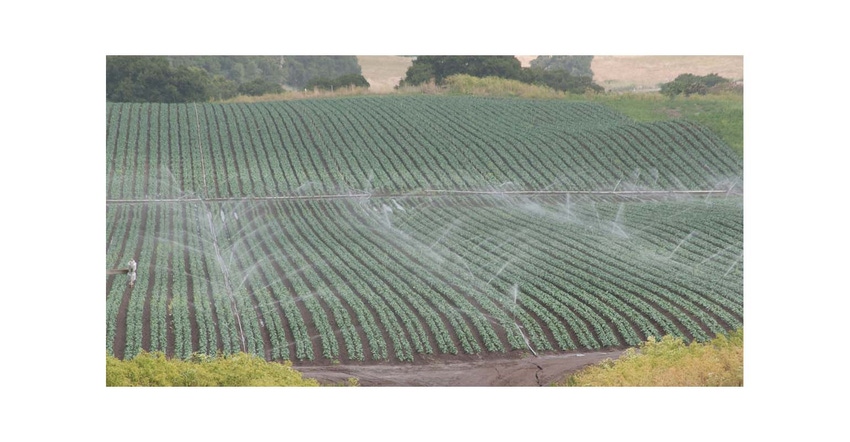Proximity to cattle contributed to recent E. coli outbreaks
Smaller cattle operations near romaine fields may carry risks of potential runoff to produce areas.
May 22, 2020

The U.S. Food & Drug Administration released the findings of an investigation into three outbreaks of Escherichia coli O157:H7 illnesses in the fall of 2019 that were all tied to romaine lettuce and suggests that the proximity of cattle to produce fields may have been a contributing factor.
FDA worked with the Centers for Disease Control & Prevention and state partners to investigate the contamination of romaine lettuce with several strains of E. coli O157:H7 that caused three outbreaks of foodborne illness beginning in September 2019 that were declared over in January 2020. Some clusters (but not all) within each of these outbreaks were traced back to a common grower with multiple ranches/fields located in the Salinas, Cal., growing region. Together, the outbreaks made 188 people ill.
During the course of on-farm investigations, one of the outbreak strains of E. coli O157:H7 was detected in a sample on public land less than two miles upslope from a produce farm with multiple fields that were identified during the traceback investigations. Other Shiga toxin-producing E. coli (STEC) strains were found in closer proximity to where romaine lettuce crops were grown, including two samples from the border area of a farm immediately next to cattle grazing land in the hills above fields of leafy greens and two samples from on-farm water drainage basins.
“While these strains were not tied to the outbreaks, they do offer insight into the survival and movement of pathogens in this growing region. These findings, together with the findings from earlier leafy greens outbreaks, suggest that a potential contributing factor has been the proximity of cattle to the produce fields identified in traceback investigations. This is especially true when cattle are adjacent to and at higher elevations than produce fields,” FDA reported.
FDA noted in its findings that it is calling on growers of leafy greens to assess and mitigate risks associated with adjacent and nearby land uses, including grazing lands and animal operations.
“Of note, the number of cattle observed on nearby lands during the 2019 investigations was far lower than the volume of a large concentrated animal feeding operation, offering a useful reminder that high-density animal operations are not the only factor to consider,” FDA added.
In reaction to the findings, FDA is calling on growers of leafy greens to redouble their efforts and accelerate prevention through the following mitigation strategies:
Prevent contamination from uphill adjacent cattle grazing lands, such as by increasing buffer zones if produce fields are adjacent to cattle grazing lands (based on assessment) and adding physical barriers such as berms, diversion ditches and vegetative strips.
Assess and mitigate risks from nearby and adjacent lands that could affect growing areas or agricultural water sources;
Increase digitization, interoperability and standardization of traceability records, which would expedite traceback and prevent further illnesses, and
Perform a root cause analysis when a foodborne pathogen is identified in produce and/or the growing environment.
You May Also Like



